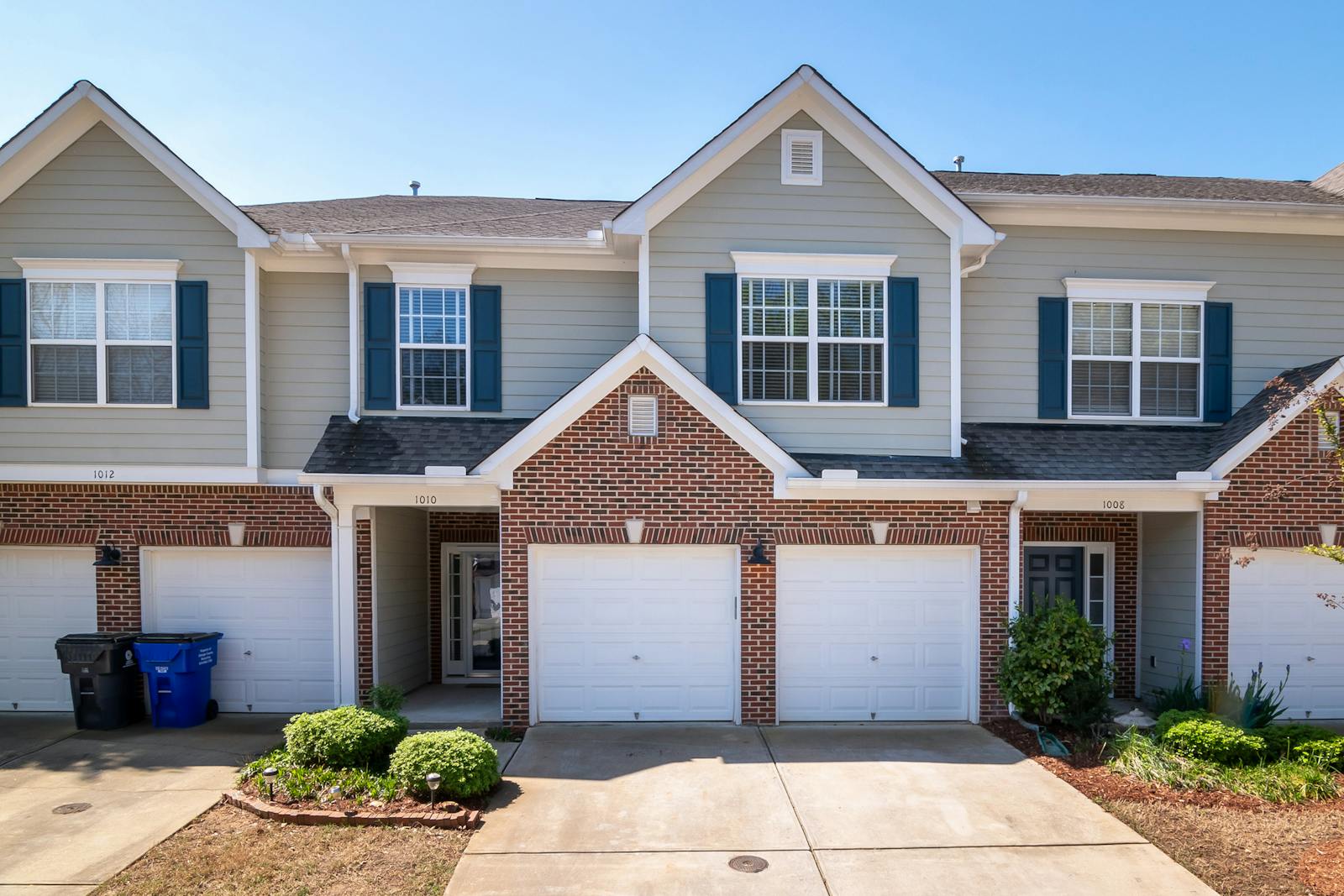Structure and Layout in Ontario Townhomes
Ontario townhomes are typically multi-story, which makes them ideal for urban settings where space is limited. These homes often feature a vertical layout with public spaces—like the kitchen, dining, and living areas—located on the lower floors, while private areas such as bedrooms and studies are placed on the upper levels. In Ontario, whether a townhome is freehold or condo-style, the structure adheres to strict building codes ensuring safety, energy efficiency, and soundproofing between adjoining units.
Freehold townhomes grant full ownership of the building and land, while condo-style townhomes are managed under the Ontario Condominium Act, where a condominium corporation takes care of external maintenance and communal areas.
Entrances and Access
Most Ontario townhomes feature a dedicated front entrance that provides a sense of privacy similar to a detached home. Typically, freehold units offer a direct street-level entry, while condo-style units may have regulated common access points governed by the condominium corporation. Additionally, many townhomes include secondary access points—such as rear doors that lead to a patio, backyard, or garage—which not only enhance convenience but also improve emergency egress routes.
All entrance designs comply with Ontario’s accessibility standards and local building codes, ensuring safe and convenient access for all residents.
Basements and Additional Spaces
While not every Ontario townhome comes with a basement, many do offer these spaces, which can significantly add to the home's value and functionality. Basements may be finished to serve as additional living spaces—such as family rooms, home offices, or guest suites—or left unfinished as a flexible area for storage or future development. Beyond the basement, townhomes might also include integrated garages, rooftop decks, or small private yards, each of which is designed in accordance with Ontario’s building and zoning regulations.
These additional spaces enhance lifestyle and investment value, provided any modifications meet local code requirements and municipal guidelines.
Considerations for First-Time Home Buyers in Ontario
For first-time home buyers in Ontario, understanding the legal framework is crucial.
Condo-style townhomes are managed by a condominium corporation under the Ontario Condominium Act. This means that buyers should carefully review the condominium documents, as these will outline rules for maintenance and modifications.
Freehold properties, on the other hand, offer greater autonomy but are subject to local municipal bylaws, zoning rules, and the Ontario Building Code. In both cases, it’s essential to consider factors like market trends, resale potential, and any upcoming municipal developments.
This checklist ensures that first-time buyers have a clear understanding of legal responsibilities, customization rights, and overall investment potential in Ontario’s unique real estate market.
Disclaimer:
The information provided in this blog is intended for educational and informational purposes only. It should not be considered as professional advice or relied upon as the sole basis for making decisions regarding buying, selling, or any other property-related activities. For any decisions affecting your personal circumstances, please seek independent consultation with qualified professionals.

